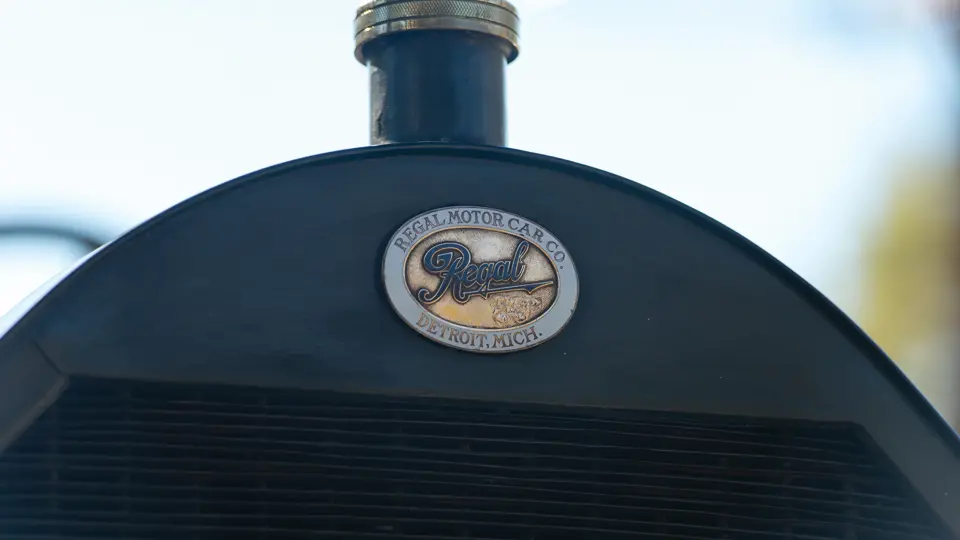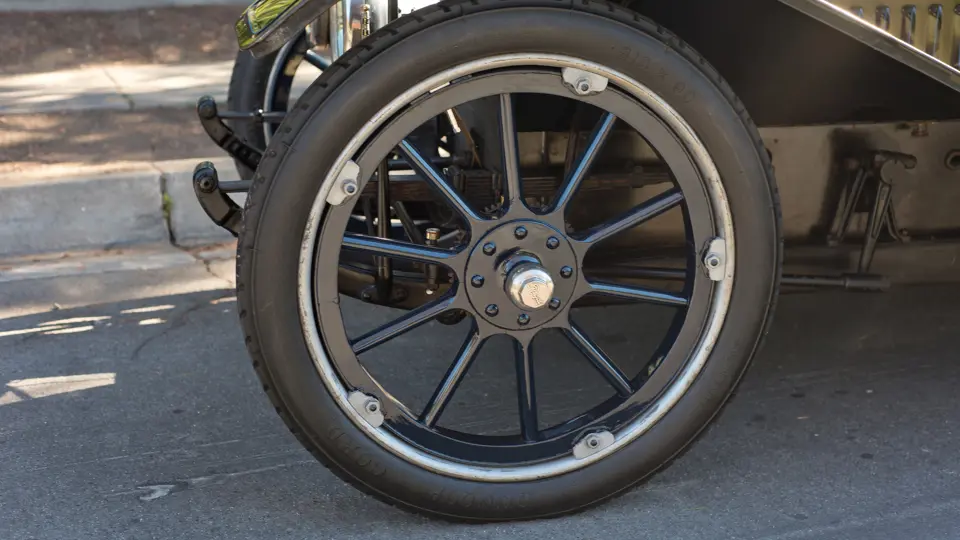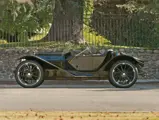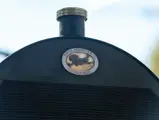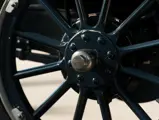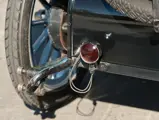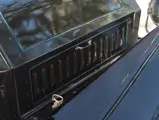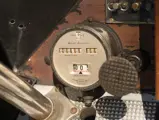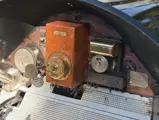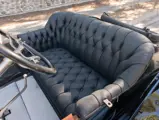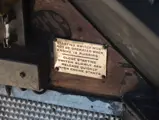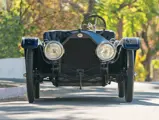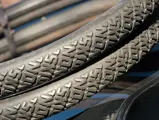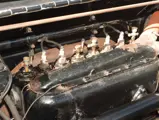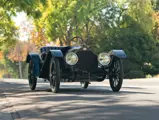
1913 Regal Model N 'Underslung' Roadster
{{lr.item.text}}
$110,000 USD | Sold
{{bidding.lot.reserveStatusFormatted}}
- An early American performance car of fine heritage
- Featuring some of the most advanced Brass Era engineering
- Long-term former ownership by the Henry Ford Museum
- Wonderfully original and authentic, with sporty styling
25 (rated) hp, 198.8 cu. in. L-head inline four-cylinder engine, three-speed manual transmission, solid front axle and live rear axle with semi-elliptic leaf springs, and two-wheel mechanical brakes. Wheelbase: 108 in.
The design of the underslung chassis—on which the frame is suspended from the axles rather than vice versa—is credited to Fred Tone, the chief engineer of the American Motor Car Company of Indianapolis. Indeed, the design became so linked to that company that its cars are usually referred to as “American Underslung,” despite the fact that American never badged them thus, nor were all Americans underslung. Moreover, this early “American Motors” was not the sole purveyor of underslung suspension, which also hides under a number of other automobiles, including the rear of most Morgan sports cars.
The appeal of the underslung recipe was that it lowered the car’s center of gravity while also preserved ground clearance. A downside was the need for larger wheels in order to maintain that clearance. It was responsible for very good handling, to the point that many consider the American underslungs to be the first American sports cars.
The second most-prominent maker of underslung cars in the United States was the Regal Motor Car Company, of Detroit, Michigan. This company begun as a partnership between brothers Charles and Bert Lambert and Fred Haines, and they started building cars, which were conventionally constructed for the mid-price market, in 1908. They were quite successful. The first underslung models came late in 1910, in the smaller 20-horsepower line. The model was designated the Model N, and they were initially made as runabouts, but touring and coupe models were added in later years. The coupe, called the “Colonial Coupe,” looked the part, as its tall, paned windows resembled a dwelling.
This Model N Regal Underslung Roadster has a fascinating history. It was acquired by The Edison Institute of Dearborn, Michigan, in 1930 from a Mr. J. Crook, of Detroit. The Edison Institute, better known for many years as the Henry Ford Museum & Greenfield Village, is now called simply The Henry Ford. The car was on display there until 1979, at which time it was put into storage. During that period, maintenance consisted of conservation of the vehicle and limited cosmetic freshening to keep it suitable for display.
In the early 1980s, it was de-accessioned and sold to a Texas collector, who kept it for nearly 30 years. It was subsequently in the collection of Robert Pass before being purchased more recently by the current owner. This car is possibly the most original Regal Underslung extant, and it has recently been re-commissioned by noted specialist Chris Kidd at his Tired Iron Works in Monrovia, California. Notably, the car features new seat upholstery in black buttoned leather, while other aspects have been freshened with respect to originality. The paint presents quite well, despite dating back to a detailing by the Ford Museum in the early 1970s, according to records. On the dashboard, a brass plaque gives careful instructions for starting, and the brass Stewart speedometer is unusual for having a gradometer in addition to the requisite speed and distance measurements. The engine required just a cleaning and tune-up. Test mileage at road speeds exhibited smooth running and even temperatures, which is important for the thermosyphon cooling system.
The Regal Model N Roadster, best described as “jaunty,” is smaller than the iconic underslung American and less imposing than a Stutz Bearcat or Mercer Raceabout, but it is every bit as much fun.

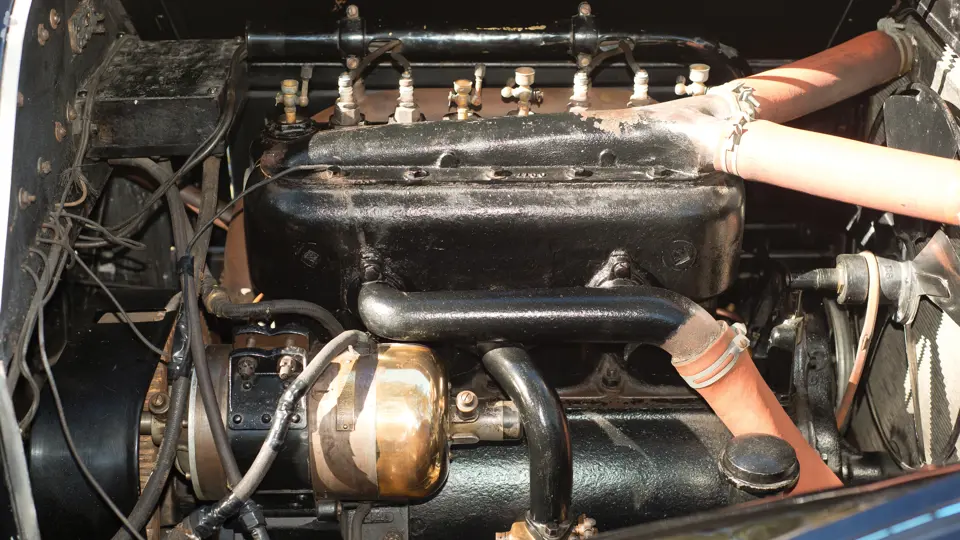


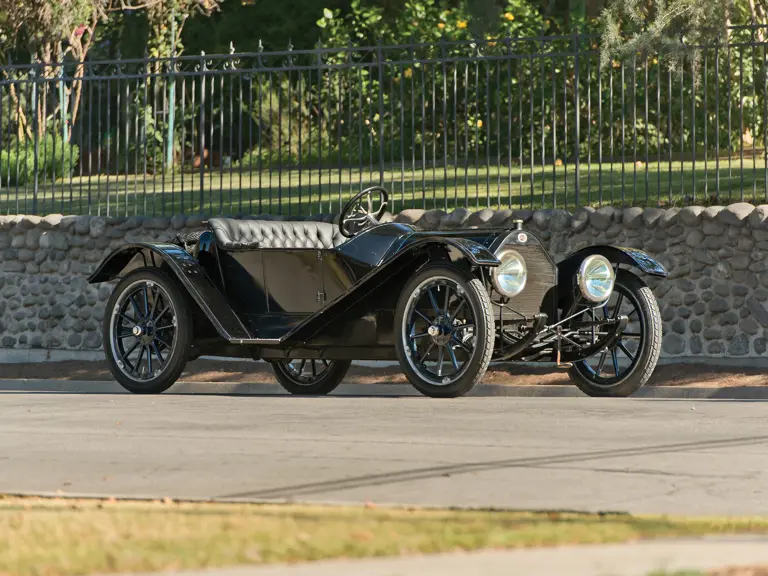
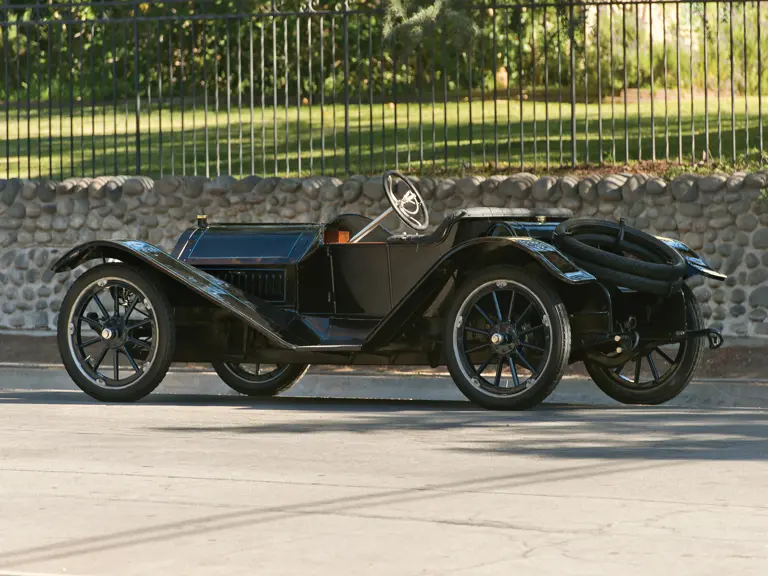

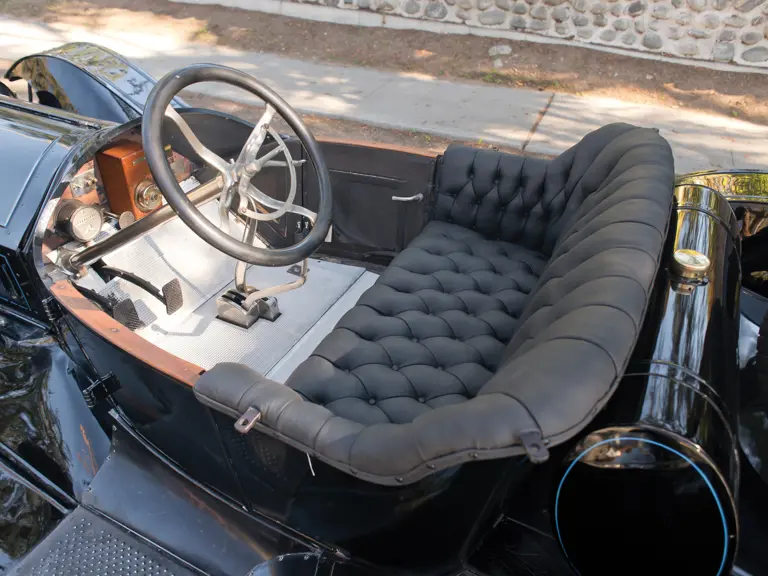
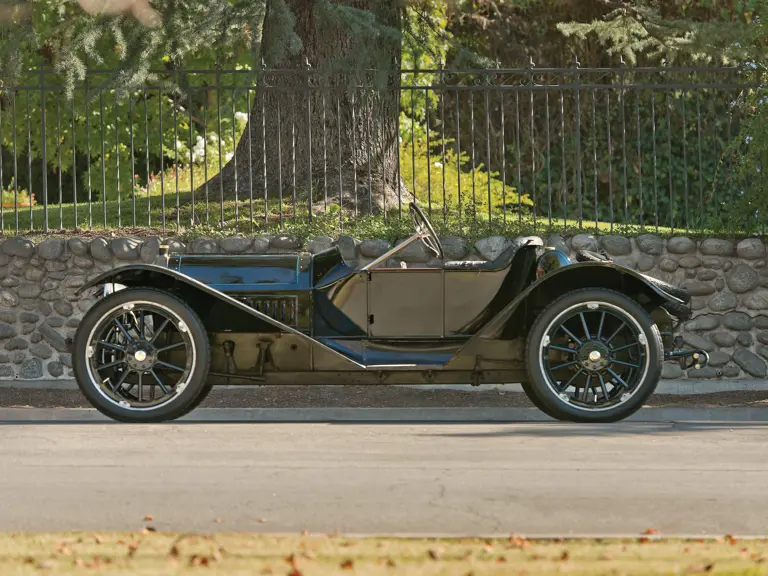
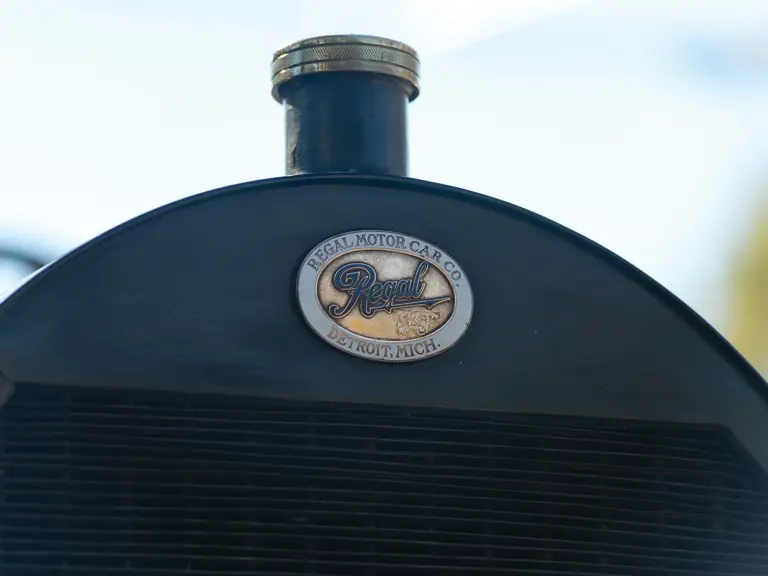
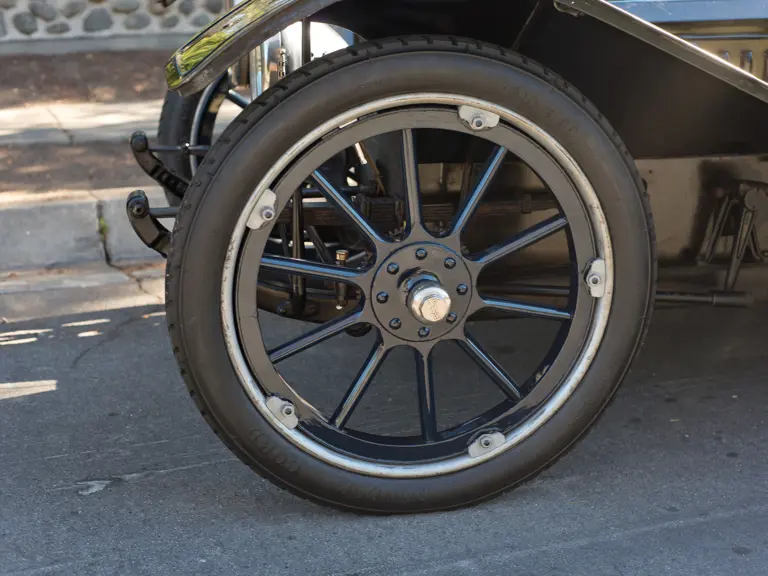

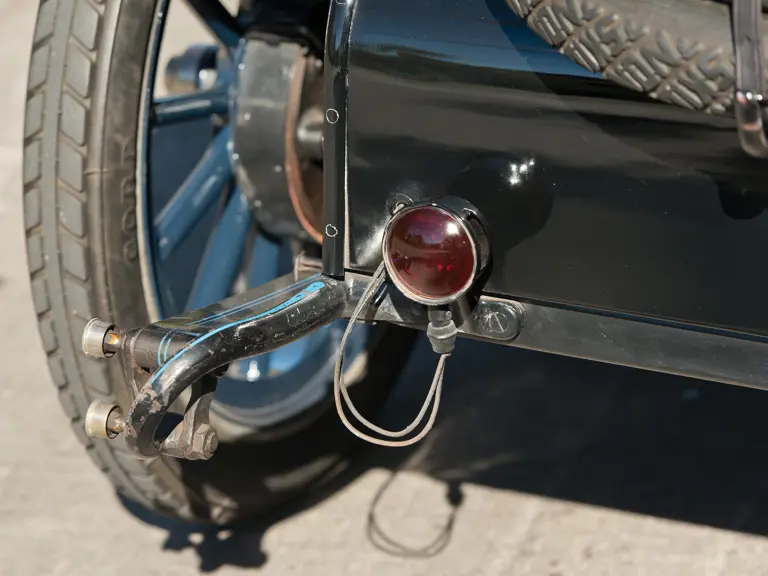
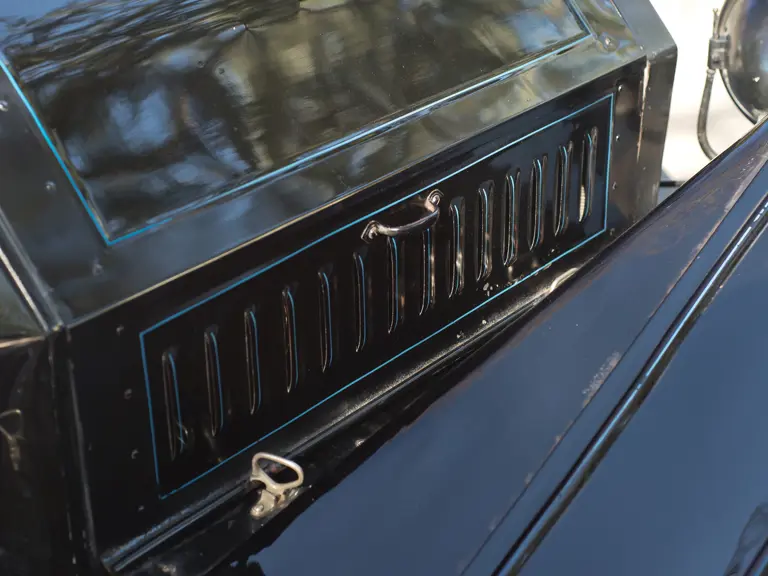
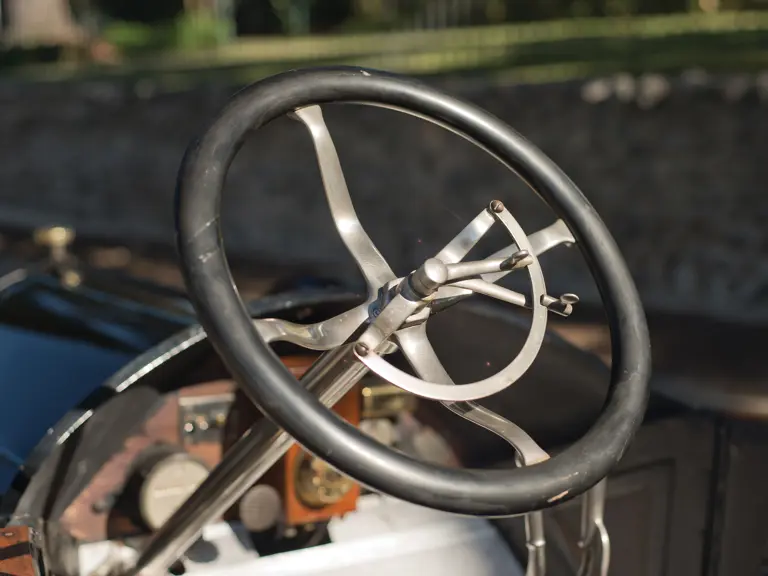
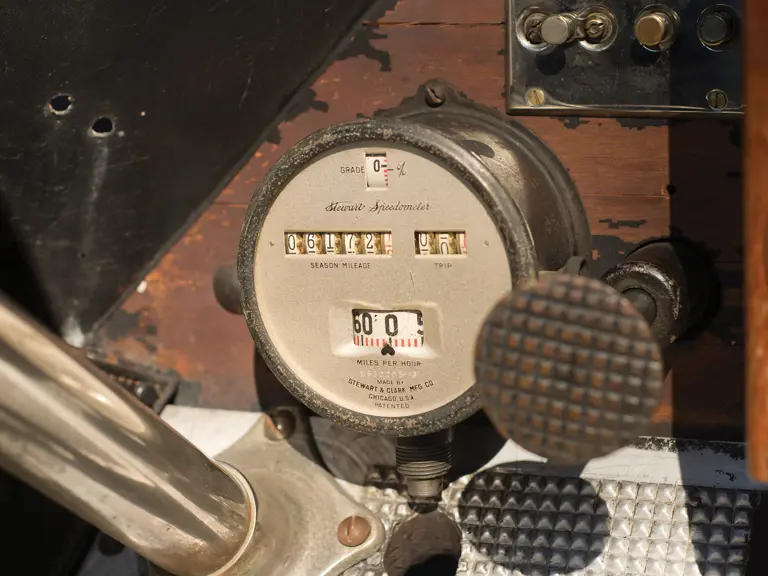

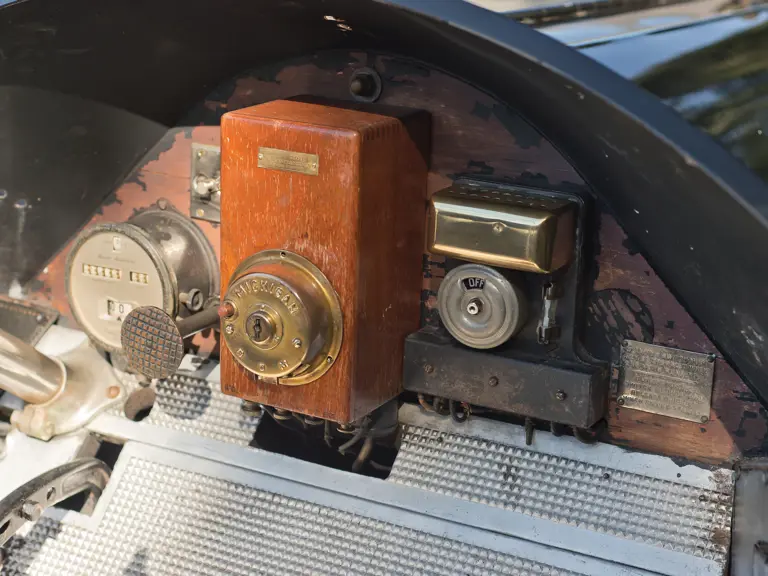
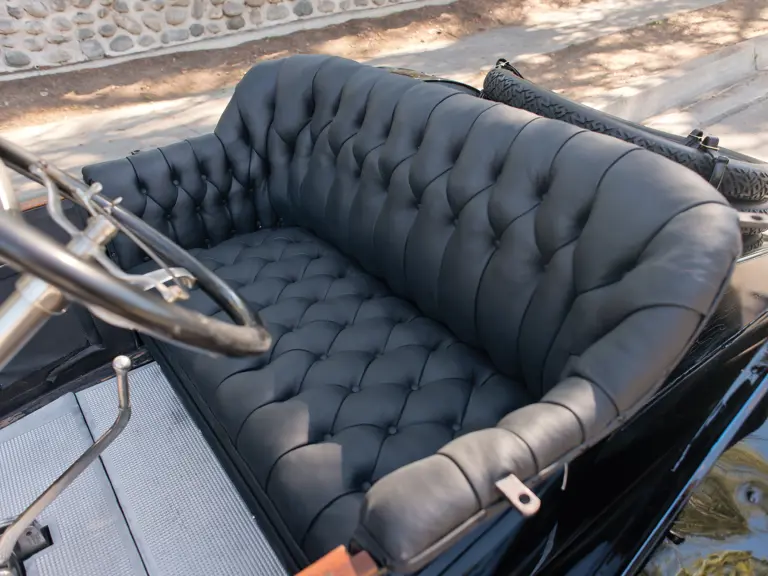
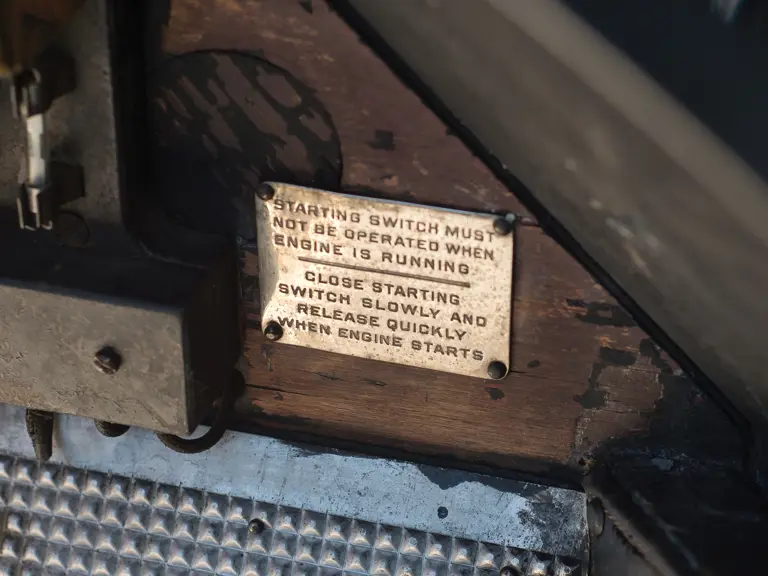
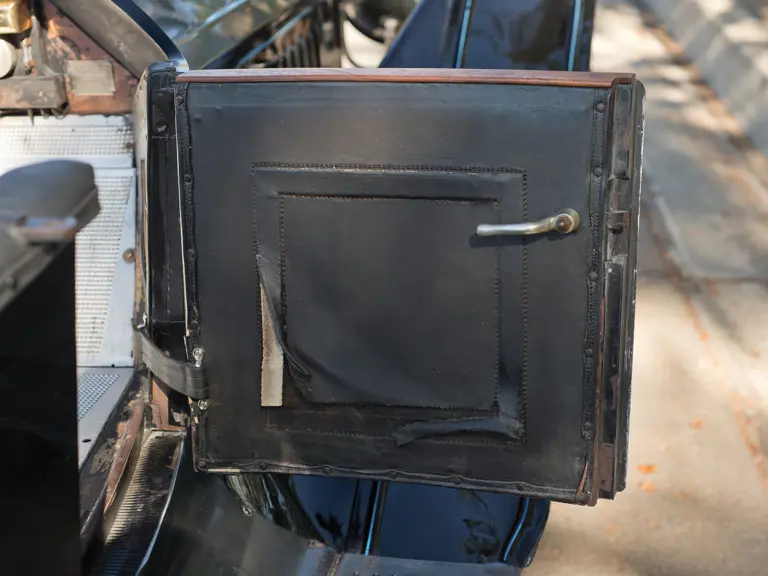
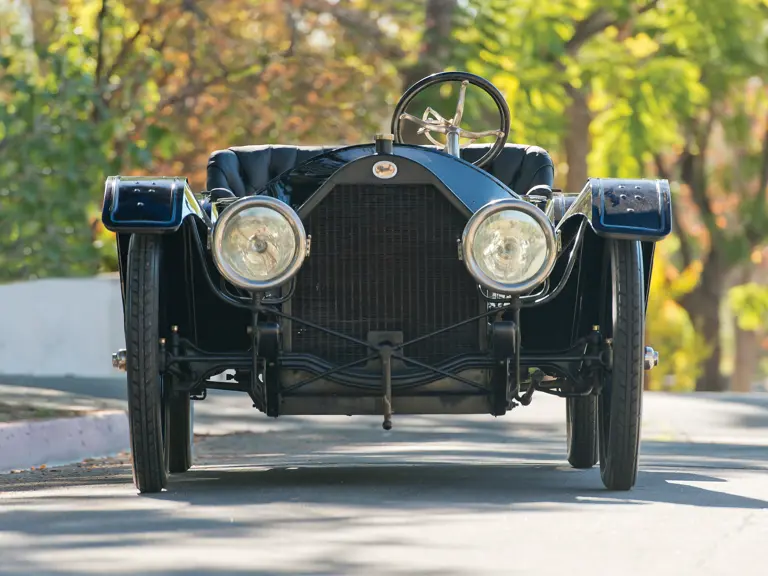
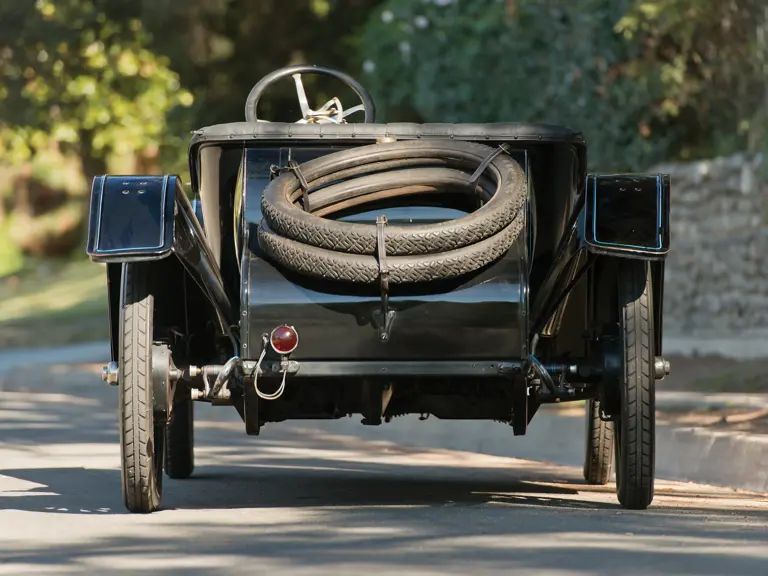
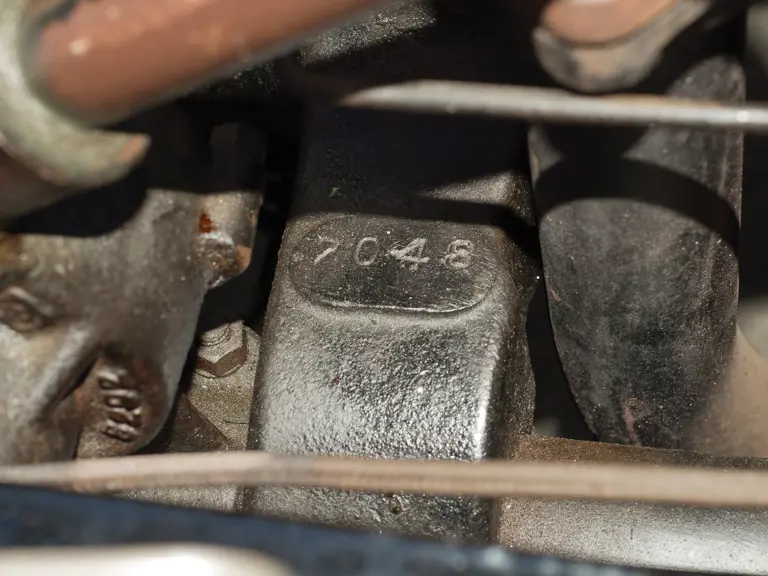



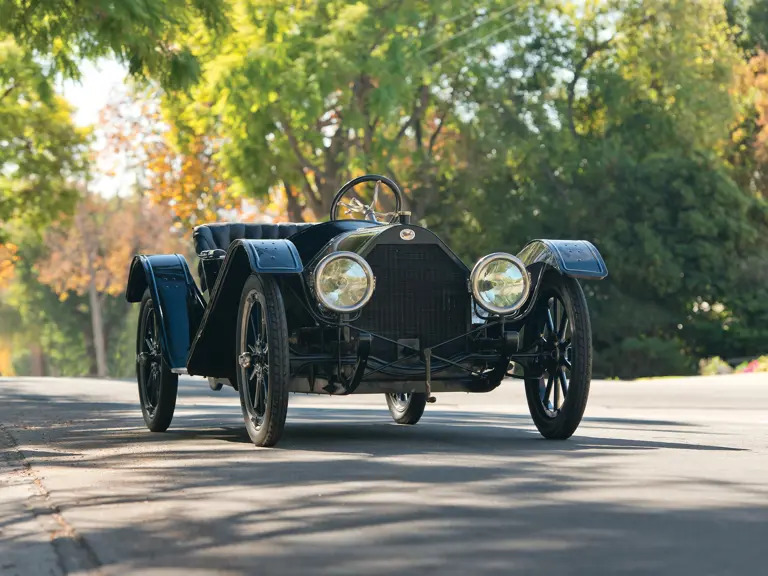
 | Phoenix, Arizona
| Phoenix, Arizona

